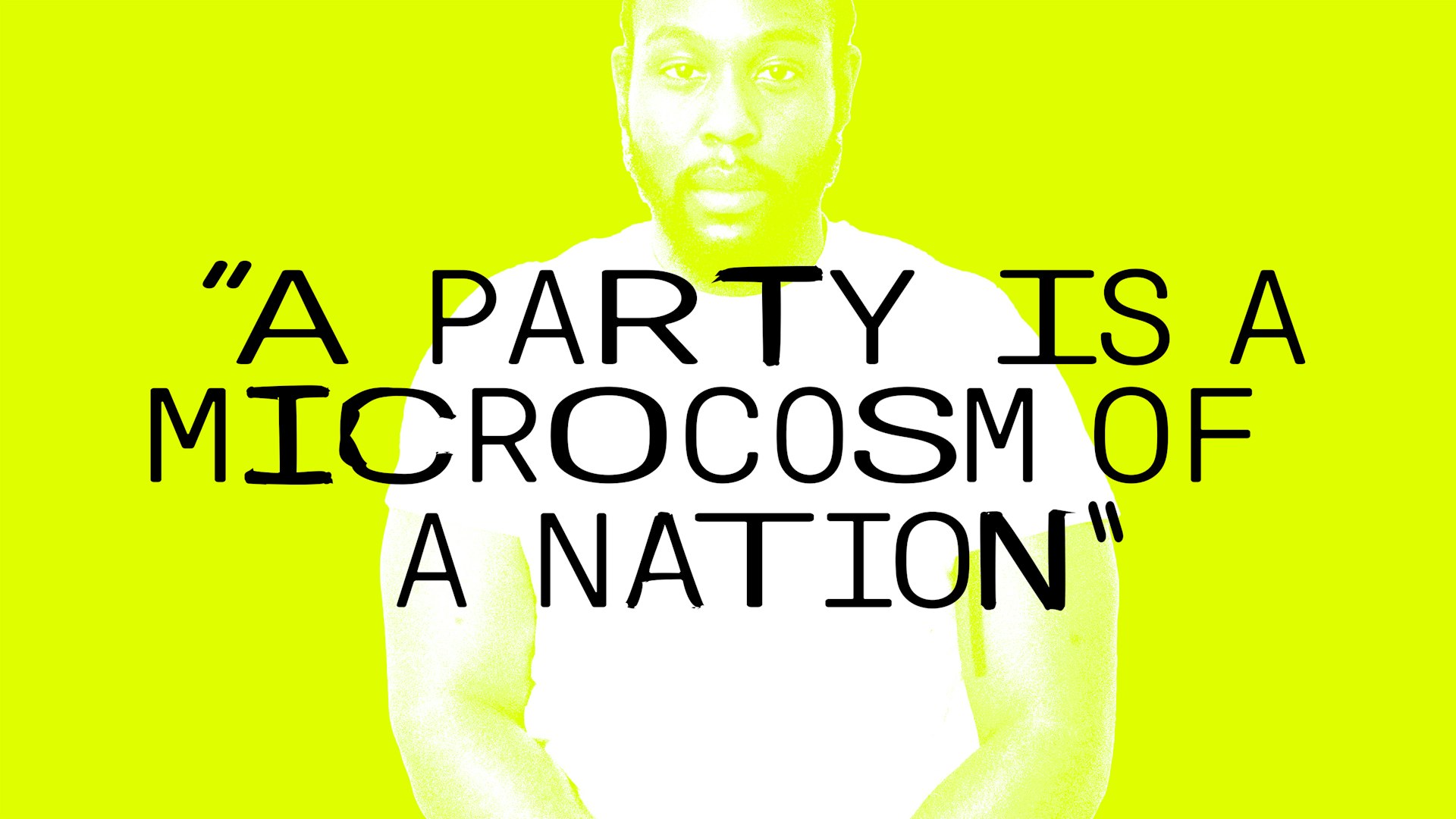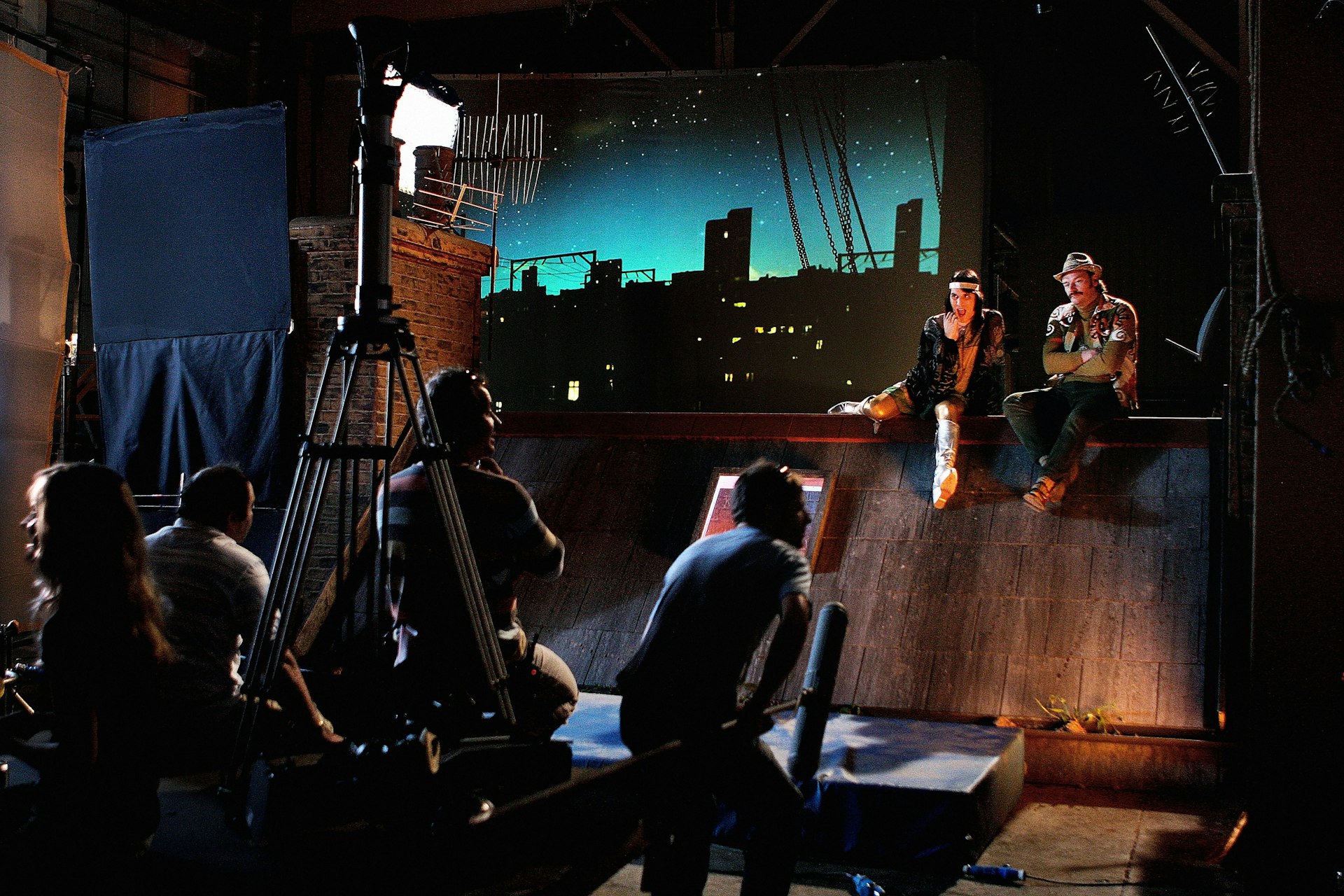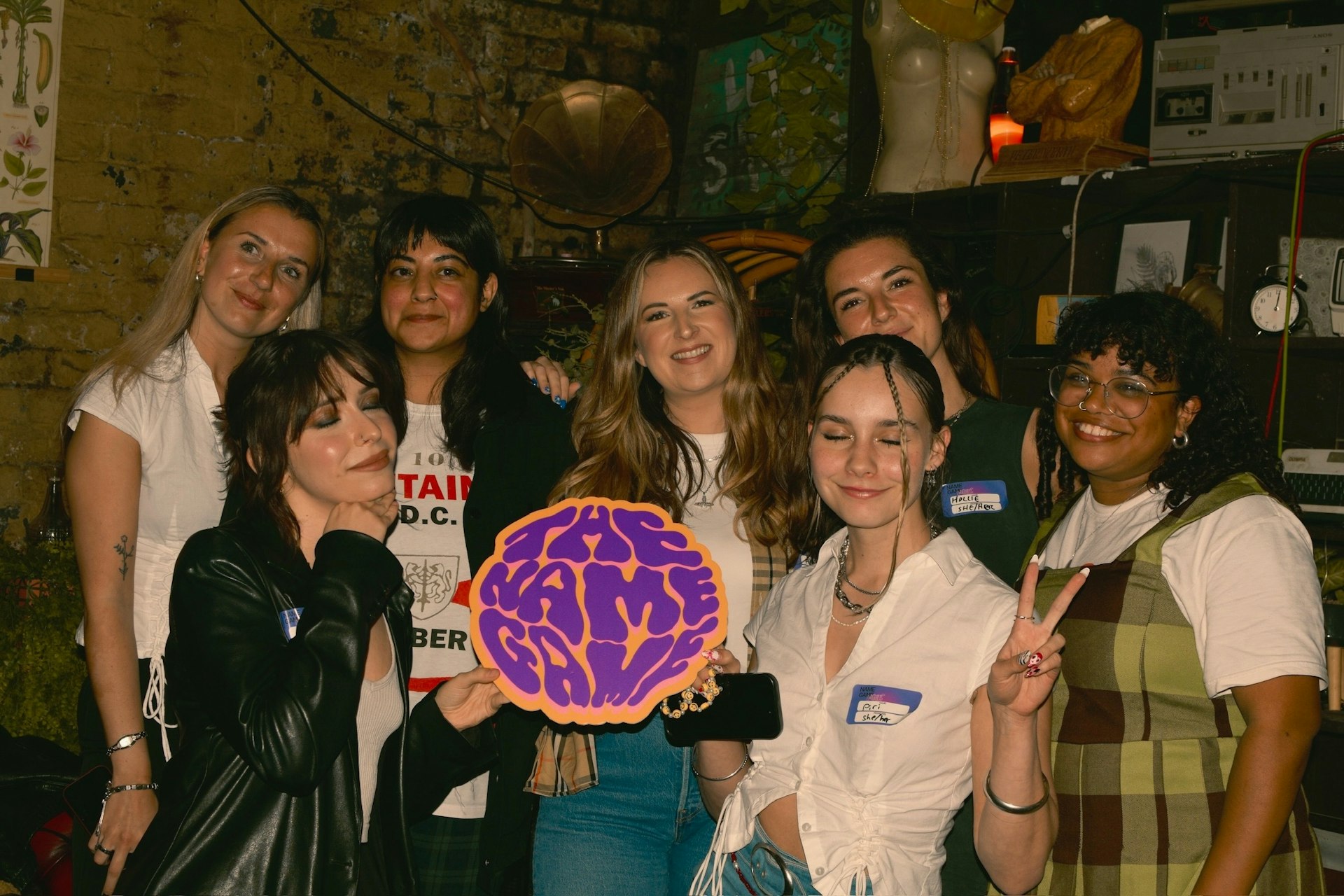An epic journey through North and South Sudan
- Text by HUCK HQ
- Photography by Claude Iverné/Elnour

Claude Inverné has been shooting in the Sudan for nearly two decades now. Since his first visit back in 1999, the French photographer has been travelling the region extensively, capturing the immense economic, cultural and environmental changes of both the north and the south.
The resulting body of work, known as Bilad es Sudan, is now on display at New York’s Aperture Gallery. Described as a “Sudanese epic”, the project can be categorised into three groups. The first, shot in black and white, focuses on his travels through North Sudan. The second, shot in colour, shifts to his visit to the South.

Claude Iverné, Ahmad Ali Abdulgari, Bergo people, Asylum seeker, Trégastel, Dec. 2016

Claude Iverné, Mnaïma Adjak, Shénabla People, Awasma Clan, Dar Jawama, North Kordofan, Aug. 2001
The third and final stage looks at the plight of Sudanese refugees – specifically those attempting to flee to France. Iverné joined them on the journey, documenting their travels from “the nomadic tents and deserts of Sudan to the outskirts of French cities.”
The exhibition was first shown at the Fondation Henri Cartier-Bresson, with Iverné securing the Henri Cartier-Bresson Award in 2015. It will now run at the Aperture Gallery until November 9th, along with a book to accompany the exhibition (Claude Iverné – Bilad es Sudan, published by Éditions Xavier Barral).

Claude Iverné, Remains of a cafeteria, Jardin du 6 avril, Khartoum, June 2001

Claude Iverné, Pyramid, Meroitic Period, Jebel Barkal, Dar Cheiguir, Nubia, Jan. 2004

Claude Iverné, Street scene, Juba, Dec. 2015

Claude Iverné, Ahmed Abdulah Ahmed, Jawama People,
Tidjamé Clan, Peasant, Gum arabic harvest, Edlbacha el Galab, Um Badr, North Darfur, Jan. 2002

Claude Iverné, Simulacrum, Guy Roger Janda, High school student, French, Évry, Dec. 2016

Claude Iverné, Secondary School, Seventh Day Adventist School, Hai Kuwait District, Juba, Dec. 2015

Claude Iverné, House of Fayçal Mohamed Jaber, Tribe Nouba Miri, « Mayo » Camp for displaced Umdurman people, Mandela Extention, Khartoum, Oct. 2005

Claude Iverné, Construction site, Hai Jalaba District, Juba, 2015

Claude Iverné, Naturalised dog, Toshka, Dar Sukkott, Nubia, Feb. 2002. Pas-de-Calais, 2016

Claude Iverné, Apprentice Graduation Ceremony, Saint-Vincentde-Paul Training Centre, Sister Emmanuelle, Lologo District, Juba, Dec. 2015
Claude Iverné: Bilad es Sudan is running at New York’s Aperture Gallery until November 9, 2017
Enjoyed this article? Like Huck on Facebook or follow us on Twitter.
Latest on Huck

Three decades behind the scenes of the music industry
Eddie Otchere’s ‘Spirit Behind the Lens’ is a story of music and culture that crosses and transcends borders.
Written by: Isaac Muk

Barry Keoghan, Franz Rogowski and Andrea Arnold on ‘Bird’
The new issue of Little White Lies brings Andrea Arnold’s sixth feature to life with a thematic voyage down the Thames estuary.
Written by: Maisy Hunter

“A party is a microcosm of a nation”: Caleb Femi on the decline of the house party
To celebrate the publication of his new collection ‘The Wickedest’, Isaac Muk caught up with Femi to talk more about the work, the future of the shoobs, and discuss why having it large on a Saturday night should be cherished.
Written by: Isaac Muk

Celebrating 20 years of The Mighty Boosh
A new exhibition takes a look behind the scenes of the iconic show two decades after its BBC3 premiere.
Written by: Isaac Muk

We Run Mountains: Black Trail Runners tackle Infinite Trails
Soaking up the altitude and adrenaline at Europe’s flagship trail running event, high in the Austrian Alps, with three rising British runners of colour.
Written by: Phil Young

The organisation levelling the playing field in the music industry
Founded in 2022, The Name Game is committed to helping female, non-binary and trans people navigate the industry.
Written by: Djené Kaba